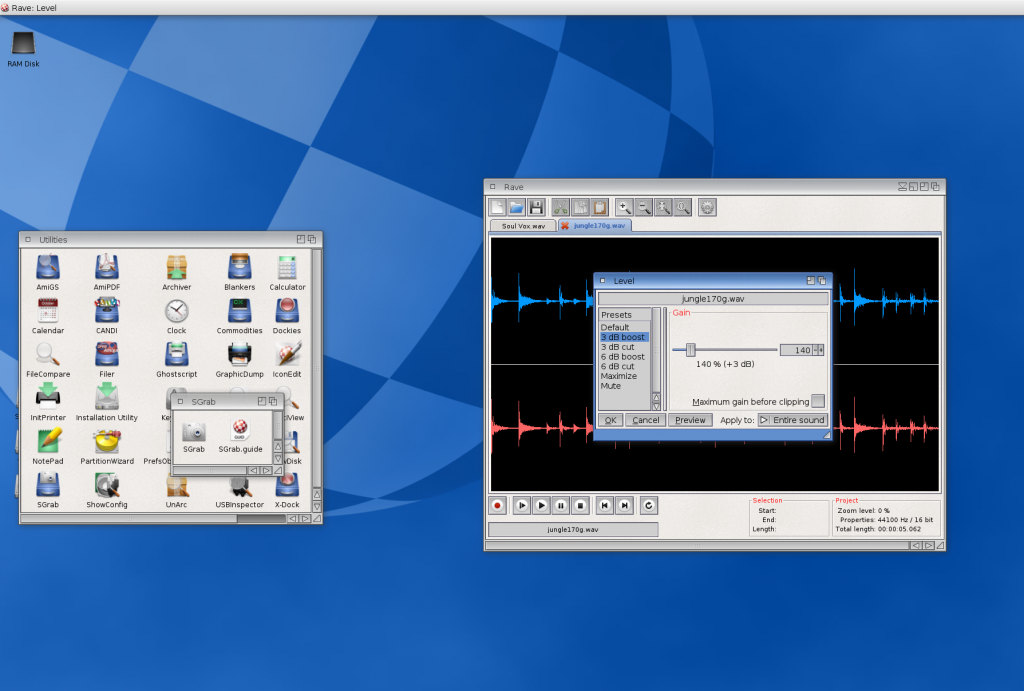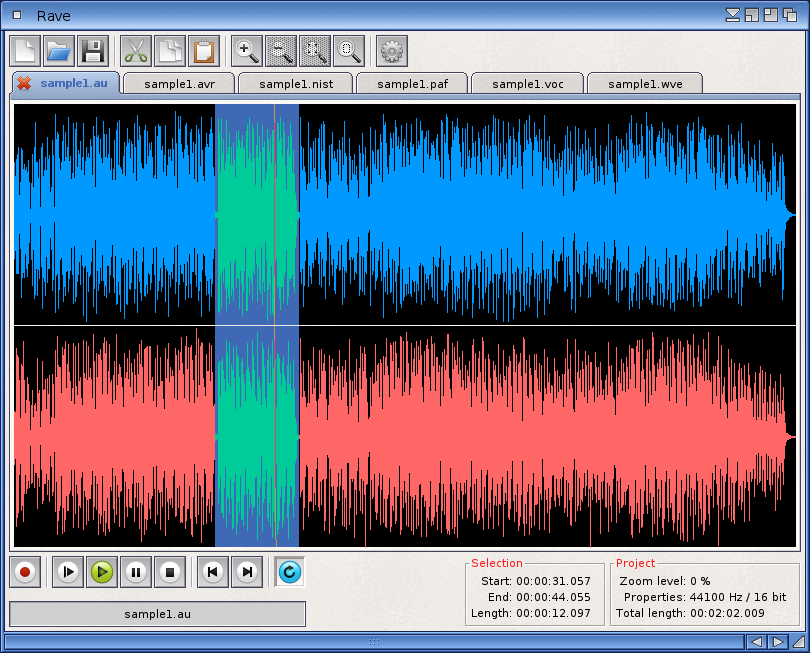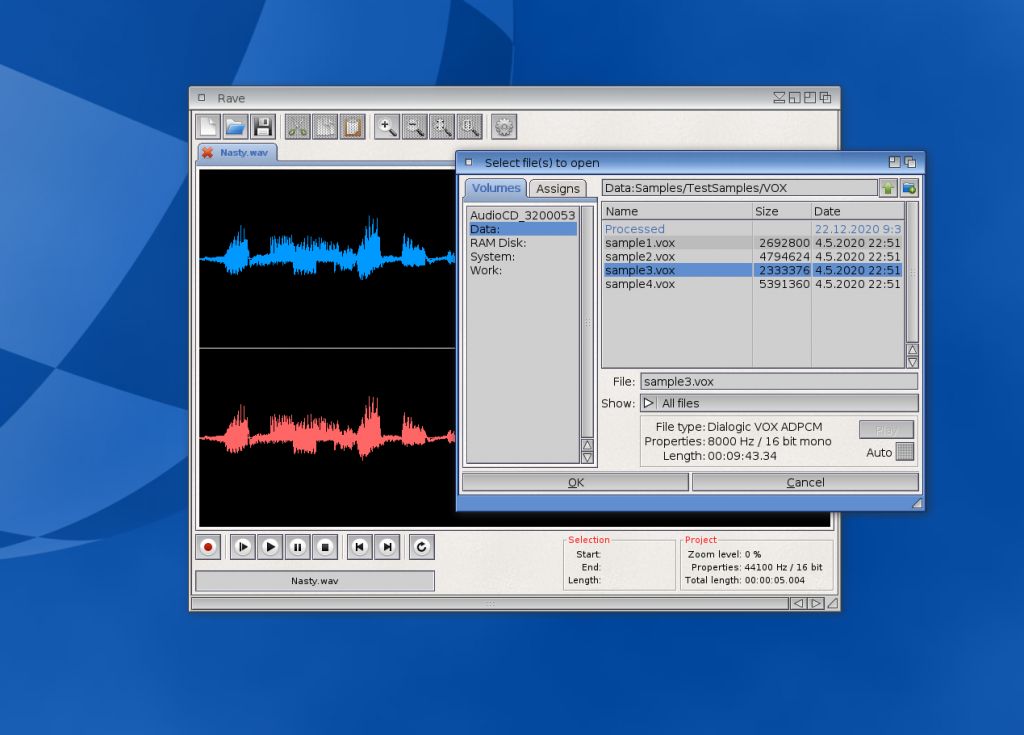I realize it’s high time I shed some light on my Amiga programming activities and on the software I’m developing at the moment. Pressed for time before Christmas I originally planned to write just a short heads-up note but because there’s a bit of a story behind it, I’ve decided to turn it into a regular blog post in the end.
The story begins in late 1980s. I took my first steps in programming on the infamous IQ 151, a bulky personal computer that was produced in the Eastern Bloc back then. The manufacturer of the machine must have had a weird sense of humour to name it this way because there was nothing intelligent about the computer in terms of technology, features, or the user experience it provided. But it was there at the right time, and the excitement and sense of adventure programming brought to my life stuck with me. To cultivate my newly-found passion my parents bought me a second-hand Commodore 64, where the marvellous Simons’ BASIC provided everything a budding programmer could possibly hope for on an 8-bit computer. It was great fun while it lasted.
Fast forward to the 90s. Unheard-of at the time, the multimedia capabilities of the Commodore Amiga blew my generation away. It was such an eye-opener that for a few years I kept my programming pretty much on the back burner; instead I got involved with music making for the demoscene, as I already explained in a previous post. But for various reasons my demo-making flame dwindled down towards the end of the decade, and I found myself more and more interested in producing something that others could use as a productivity tool rather than just watch for pleasure. This is when I finally learned the C language and delved into documentation on Amiga system programming. Yet with hindsight I can see I was still merely fooling around, and it wasn’t before I acquired my first AmigaOS4 system that I started producing real software for real users.
Encouraged by positive feedback on my first OS4 release, an English dictionary built upon Princeton University’s WordNet database, I went on to write the preferences editor for Thomas Wenzel’s AmigaAMP audio player. I also developed several plugins for the popular CD ripping software ADRipper, and when its author Adrien decided to quit the Amiga hobby, I took over the entire development and produced two major updates to the program. (Some achievement, considering that the original code documentation amounted to a dozen comments written in French!) Not long after that I was contacted by A-EON Technology, who invited me to join their new Amiga Developer initiative, a project that brings you the Enhancer Software and that I have been part of for more than five years now. My main responsibility on the team is the development and maintenance of new GUI classes – building blocks that extend the functionality of the AmigaOS Intuition system.

There’s no doubt that working alongside some of the most talented Amiga developers of today is a great learning experience, and I find my involvement rewarding in many ways. But while I have definitely enjoyed contributing to a team effort, I gradually realized that given the time constraints of family life, working on the project keeps me away from the productivity tools I wanted to make in the first place. At this point I started contemplating the idea of my very own, independent project that ultimately became the Rear Window.
As you would expect, the first question I asked myself was: “What kind of software do I actually want to develop?” Well, my academic and professional background is in languages and translation, so I initially thought I’d write something in the vein of WordNet – that is, a new dictionary, a lexical analyzer, or perhaps a translation tool. But then I remembered it was the multimedia aspect that drew me to the Amiga, and as a musician I could see logic in developing something related to audio. Incidentally, my old music-making passion was warming up again at the time and I was looking for an audio editor to use with my sample library. It didn’t take a lot of research to see that the current offering is not great: the existing editors either showed incompatibilities with OS4, choked on modern audio file types, or were otherwise too limited in features. But frustration often brings about good ideas, and so I finally had a plan and a sense of direction.
I’m now happy to report that after some eighteen months of mostly late-night work the new AmigaOS4 audio editor has progressed to a stage where I can present it as a working piece of software. The program is called Rave, as I wanted a short name bearing strong associations with music and freedom. (It is also close enough to wave in both spelling and pronunciation, which I find playful.) It’s still rather basic in features but a lot of work has gone under the hood, allowing me to easily extend the program within the modular framework it is built upon. And although it’s a little early to promise a particular release date, I’m pretty confident to say that the program is currently in beta rather than alpha stage. I might also add that I expect to be able to publish a sneak-peek preview in the first quarter of 2021. And of course that I’ll cover some of the program features in more detail in the subsequent blog posts!
For now, they say a picture is worth a thousand words, so why not have a look at a few preliminary screenshots?
And of course: Merry Christmas, Amigans!





Pingback: A word on project synergy – Rear Window
Pingback: Raving on – Rear Window
Pingback: Raving on | Rear Window
Pingback: A word on project synergy | Rear Window